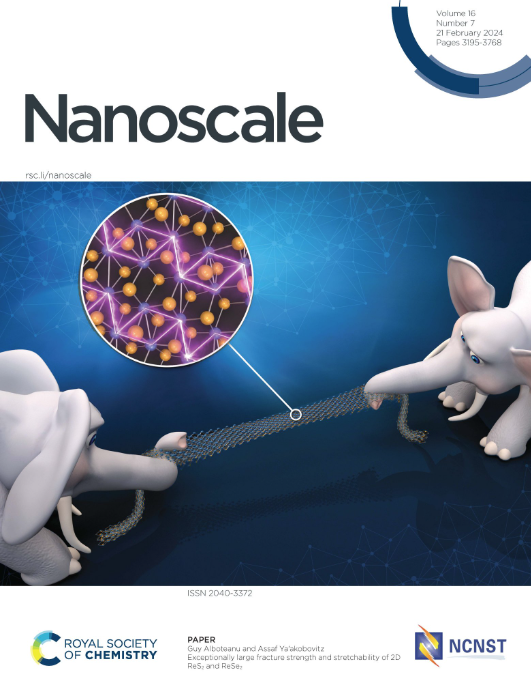Motility-dependent selective transport of active matter in trap arrays: separation methods based on trapping-detrapping and deterministic lateral displacement.
IF 5.8
3区 材料科学
Q1 CHEMISTRY, MULTIDISCIPLINARY
引用次数: 0
Abstract
Selecting active matter based on its motility represents a challenging task, as it requires different approaches than common separation techniques intended for separation based on, e.g., size, shape, density, and flexibility. This motility-based selection is important for, e.g., selecting biological species, such as bacteria or highly motile sperm cells for medically assisted reproduction. Common separation techniques are not applicable for separating species based on motility as such species can have indistinguishable physical properties, i.e., size, shape, density, and differ only by their ability to execute self-propelled motion as, e.g., motile and immotile sperm cells. Therefore, selecting active species based on motility requires completely different approaches. Some of these have been developed including sperm cell selection techniques, e.g., swim-up techniques, passive selection methods based on the ability of highly-motile sperm cells to swim across stream lines, as well as more sophisiticated techniques. Here we theoretically demonstrate via numerical simulations various efficient methods of selection and separation based on the motility of active species using arrays of traps. Two approaches are proposed: one allowed the selective escape of motile species from traps, and the other one relying on a deterministic lateral displacement (DLD)-type method. As a model system, we consider self-propelled Janus particles whose motility can be tuned. The resulted separation methods are applicable for separation of biological motile species, such as bacteria or sperm cells, as well as for Janus micro- and nanoparticles.圈闭阵列中活性物质的运动依赖的选择性输运:基于圈闭-去圈闭和确定性横向位移的分离方法。
根据活性物质的运动性选择活性物质是一项具有挑战性的任务,因为它需要不同于基于大小、形状、密度和灵活性等因素进行分离的常见分离技术。这种基于能动性的选择对于选择生物物种(如细菌或高度能动性的精子细胞)进行医学辅助生殖很重要。普通的分离技术不适用于基于运动性的物种分离,因为这些物种可能具有难以区分的物理特性,即大小,形状,密度,并且仅通过它们执行自我推进运动的能力来区分,例如运动和不运动的精子细胞。因此,基于运动性选择活性物种需要完全不同的方法。其中一些已经发展起来,包括精子细胞选择技术,例如,游泳技术,基于高度运动性精子细胞游过溪流的能力的被动选择方法,以及更复杂的技术。在这里,我们从理论上通过数值模拟证明了各种有效的选择和分离方法,这些方法基于活性物种的运动性,使用陷阱阵列。提出了两种方法:一种允许活动物种从陷阱中选择性逃脱,另一种依赖于确定性横向位移(DLD)类型的方法。作为一个模型系统,我们考虑运动可调谐的自推进Janus粒子。该分离方法适用于细菌、精子细胞等生物运动物种的分离,也适用于微粒子和纳米粒子的分离。
本文章由计算机程序翻译,如有差异,请以英文原文为准。
求助全文
约1分钟内获得全文
求助全文
来源期刊

Nanoscale
CHEMISTRY, MULTIDISCIPLINARY-NANOSCIENCE & NANOTECHNOLOGY
CiteScore
12.10
自引率
3.00%
发文量
1628
审稿时长
1.6 months
期刊介绍:
Nanoscale is a high-impact international journal, publishing high-quality research across nanoscience and nanotechnology. Nanoscale publishes a full mix of research articles on experimental and theoretical work, including reviews, communications, and full papers.Highly interdisciplinary, this journal appeals to scientists, researchers and professionals interested in nanoscience and nanotechnology, quantum materials and quantum technology, including the areas of physics, chemistry, biology, medicine, materials, energy/environment, information technology, detection science, healthcare and drug discovery, and electronics.
 求助内容:
求助内容: 应助结果提醒方式:
应助结果提醒方式:


